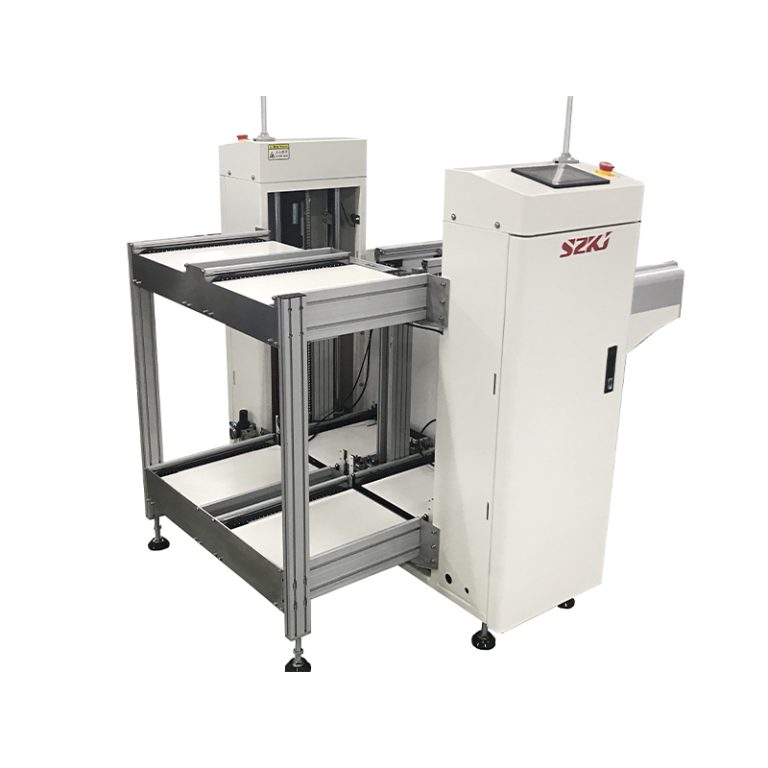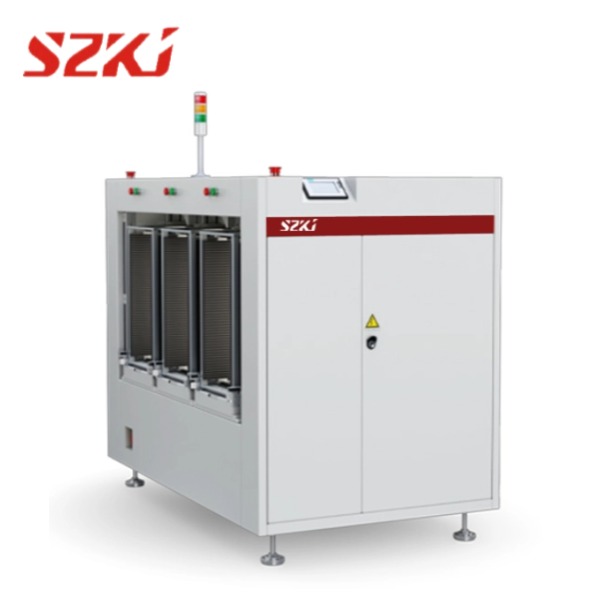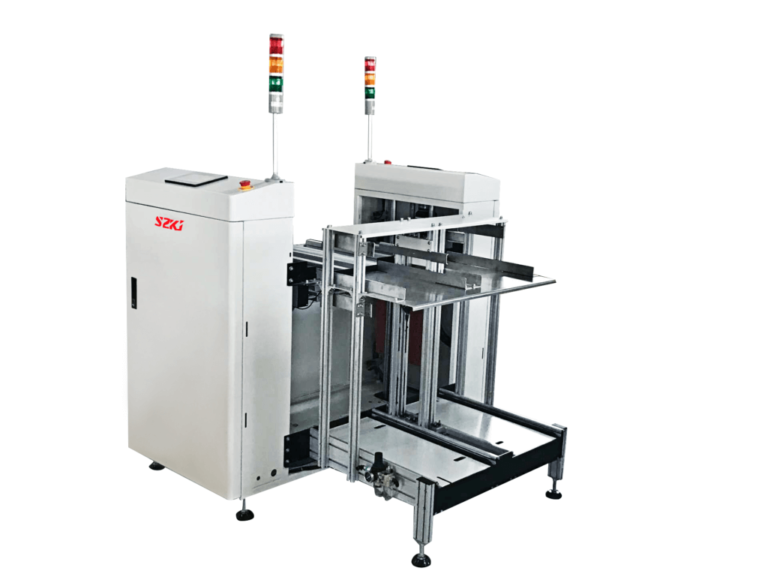Table of Contents
ToggleIn modern electronics, Surface Mount Technology (SMT) plays a crucial role in the manufacturing of printed circuit boards (PCBs). SMT is a process where electronic components are mounted directly onto the surface of a PCB, bypassing traditional through-hole techniques. The SMT assembly line is a streamlined setup used to assemble components with high precision and speed. This article will explore what an SMT line is, the SMT assembly process, and how it fits into the larger PCB manufacturing line.
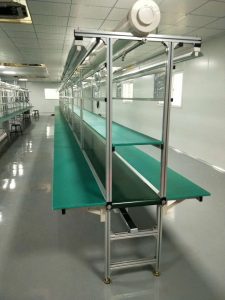
What is an SMT Line?
An SMT line refers to the series of machines and processes used to mount surface-mount devices (SMDs) onto PCBs. The line typically includes stages such as solder paste application, pick and place, reflow soldering, and inspection. Unlike the older through-hole method, SMT assembly lines focus on smaller, more compact electronic components that allow manufacturers to create highly dense circuits. This method is ideal for devices that require miniaturization, such as smartphones, tablets, and medical equipment.
The SMT Assembly Process
The SMT assembly line is designed for efficiency and automation. Here’s a breakdown of the essential stages of the process:
Solder Paste Application: The process starts with applying solder paste to the areas of the PCB where the components will be placed. This is done using a stencil printer, which ensures precise application of the paste to the necessary pads on the board. Proper solder paste application is critical for the next step of the process, as it forms the bonding material for the components.
Pick and Place: After the solder paste is applied, the PCB moves to the pick-and-place machine. This machine picks up SMDs from a reel or tray and places them accurately on the PCB. The speed and precision of the pick-and-place machine allow the PCB manufacturing line to handle complex and densely packed boards efficiently.
Reflow Soldering: Once the components are placed, the PCB enters the reflow oven, where the solder paste melts and forms permanent connections between the components and the PCB. The reflow oven heats the board in controlled stages to ensure that the solder solidifies correctly without damaging the components.
Inspection and Quality Control: After soldering, the PCB undergoes inspection to check for defects such as misaligned components, solder bridges, or cold joints. Inspection methods include automated optical inspection (AOI) and X-ray inspection, which detect faults that may affect the performance of the board.
Testing: The final stage of the SMT assembly process involves functional testing of the completed PCB. This step ensures that all components are working as expected and that the board meets the required performance standards. Any defects identified during testing can be corrected before the product moves to the next stage of manufacturing or packaging.
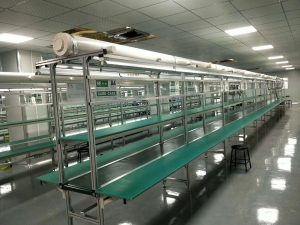
SMT in the PCB Manufacturing Line
The SMT line is a vital component of the PCB manufacturing line. Modern PCB manufacturing involves multiple processes, from design and prototyping to final assembly and testing. SMT lines enable manufacturers to produce high-quality boards at scale with reduced labor costs and faster turnaround times. The automation of the SMT assembly line allows for consistent quality, making it an essential part of industries that require reliable electronics, such as automotive, telecommunications, and consumer electronics.
Benefits of SMT Assembly
The use of SMT in a PCB manufacturing line offers several advantages:
Miniaturization: SMT allows for the use of smaller components, making it possible to design compact and lightweight electronic devices.
Higher Component Density: Since SMT components can be placed on both sides of the PCB, manufacturers can increase the density of components, resulting in more complex and functional boards.
Automation-Friendly: SMT assembly lines are highly automated, reducing the need for manual intervention and increasing production speed and consistency.
Cost Efficiency: The automation and speed of SMT lines lower the overall cost of production, especially for high-volume manufacturing.
An SMT line is a critical part of the modern PCB manufacturing line, enabling faster, more efficient assembly of complex electronic devices. The automation provided by SMT assembly lines helps manufacturers meet the growing demand for compact, high-performance electronic products. By integrating an SMT line into the PCB manufacturing process, companies can optimize production, improve product quality, and reduce time to market.
Conclusively, For those looking to set up or enhance their SZKJ SMT assembly capabilities, visiting SMT Manufacturing offers a range of solutions, from high-quality machines to complete turnkey assembly lines. Their expertise in SMT assembly can help streamline your production process and meet the demands of today’s electronics industry.
By investing in advanced SMT equipment and incorporating it into your PCB manufacturing line, you can stay competitive in a market that increasingly values speed, precision, and innovation.

